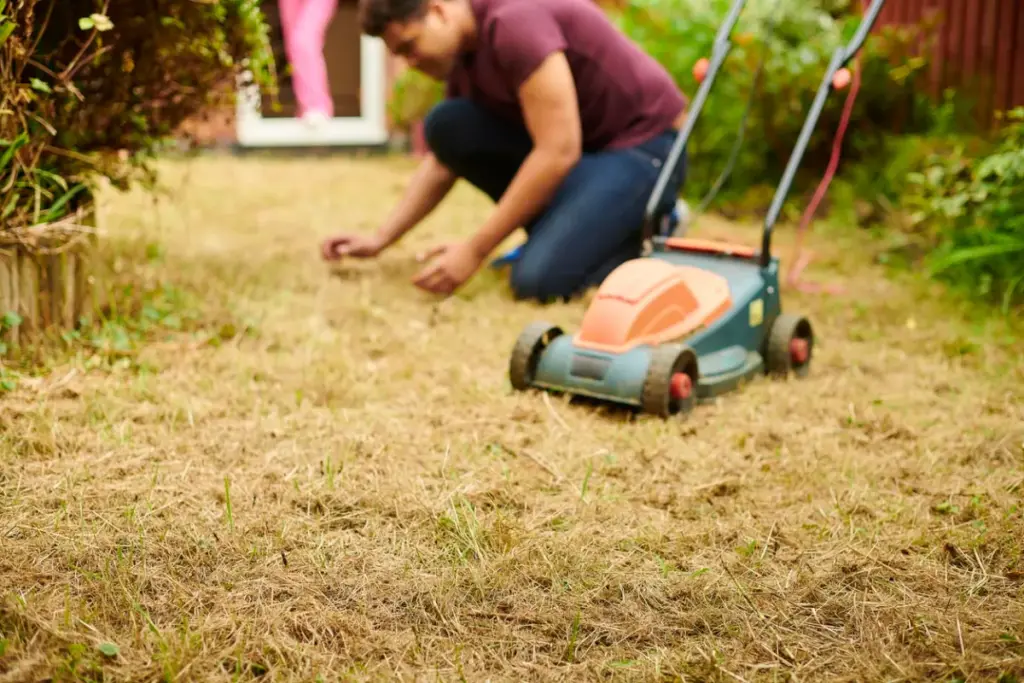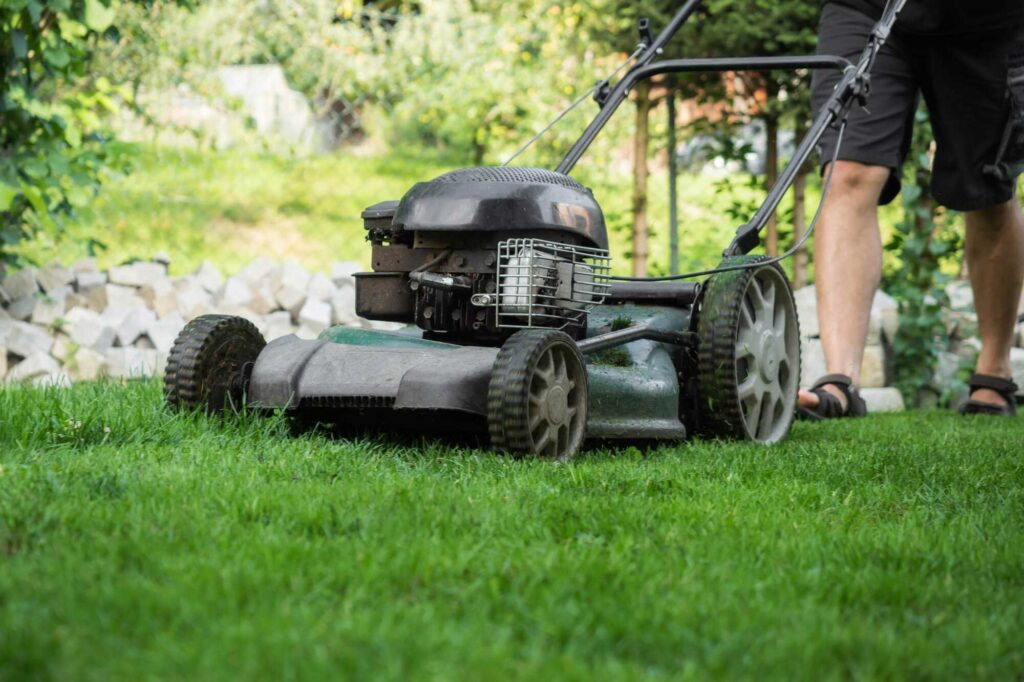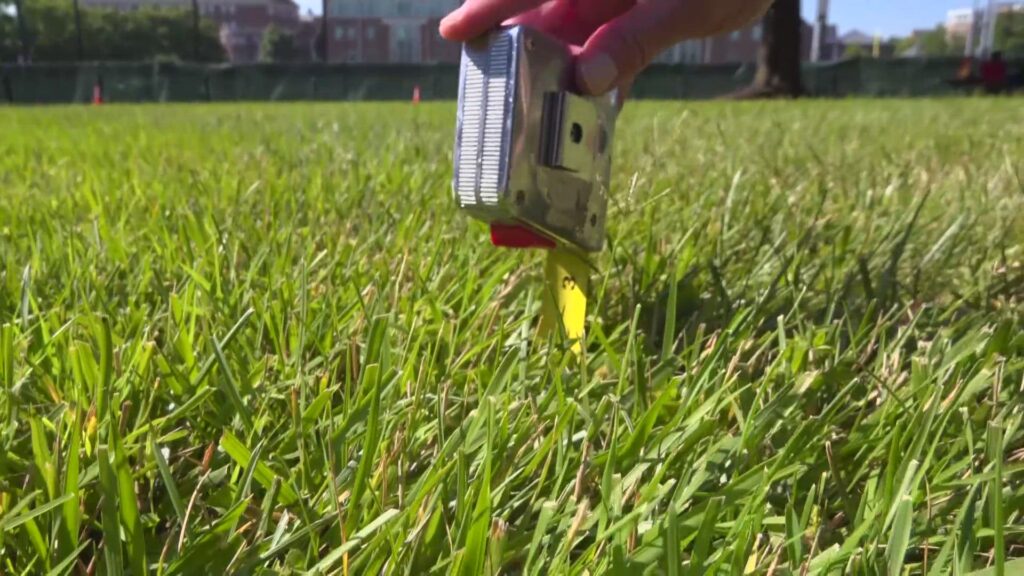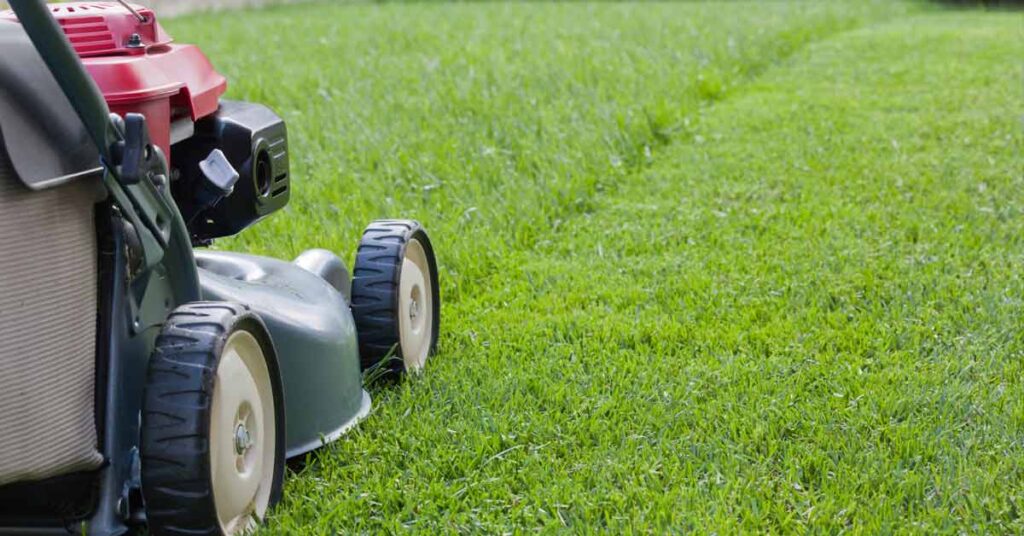Extreme heat poses serious challenges not only to your lawn but also to your health and safety. Whether you’re a homeowner caring for your own yard or a professional landscaper, mowing during high temperatures requires special considerations. In this guide, we’ll explore the best practices for mowing during extreme heat to ensure your lawn thrives and you stay safe.


Why Mowing in Hot Weather Requires Special Care
During heatwaves or prolonged periods of high temperatures, your lawn enters a state of stress. Grass growth slows down, moisture evaporates quickly, and the soil hardens. Mowing during this time, if not done correctly, can cause permanent damage to your turf and increase your water usage.
Additionally, extreme heat increases the risk of heat exhaustion and dehydration for anyone performing outdoor tasks. That’s why it’s essential to adapt your mowing routine when the temperatures soar.
The best time to mow your lawn in extreme heat is early in the morning or late in the evening, when temperatures are lower and the sun is less intense. This not only protects you from heat-related illnesses but also minimizes stress on your grass.
Morning Advantage: Morning dew can add moisture to the lawn, reducing dust and helping blades remain hydrated.
Evening Option: If mowing in the evening, make sure the grass has time to dry before nightfall to avoid fungal growth.
One of the most important mowing best practices in hot weather is to never cut your grass too short. Taller grass shades the soil, reducing water evaporation and helping roots grow deeper.
Set your mower blade to the highest recommended setting for your grass type.
Follow the one-third rule: never cut more than one-third of the grass height at a time.
Sharp mower blades make clean cuts, which heal faster and reduce stress on grass. Dull blades tear the grass, leaving ragged edges that brown quickly and increase vulnerability to disease—especially in extreme temperatures.
Inspect and sharpen blades every 20–25 hours of mowing.
Clean debris from under the mower deck after each use.
If your area is experiencing drought or watering restrictions, it’s often best to avoid mowing altogether. Grass that’s dry and dormant will not recover easily from mowing. Let it rest until after the heat subsides and rainfall resumes.
It’s not just your lawn that needs care—your health comes first. Mowing in extreme heat can lead to dehydration, heat exhaustion, or worse. Always:
Drink plenty of water before, during, and after mowing.
Wear light, breathable clothing and a wide-brimmed hat.
Take breaks in the shade or indoors every 20 minutes.
Instead of bagging your grass clippings, consider mulching. Mulched clippings return nutrients and moisture to the soil, helping your lawn retain water and build resilience in the heat.
Use a mulching mower or a mulching blade attachment.
Avoid mulching if your grass is diseased or overgrown.
During hot months, reduce mowing frequency. Grass grows more slowly in extreme heat, and frequent mowing can stress it further. Tailor your lawn care routine to the weather:
Mow every 10–14 days, or as needed.
Use a soil thermometer or lawn moisture sensor to monitor conditions.
Signs You Should Skip Mowing
There are times when not mowing is the best lawn care decision, including:
Brown or crispy grass: A sign of drought or dormancy.
Scorching midday sun: Increases damage to grass and risks to your health.
Soil cracking or hardening: Indicates low moisture levels.
Final Thoughts on Mowing in Extreme Heat
Understanding the best practices for mowing during extreme heat is crucial for maintaining a healthy, green lawn without putting yourself at risk. Focus on mowing during cooler hours, adjusting your blade height, and staying hydrated.
Lawn care in hot weather isn’t about sticking to a rigid schedule—it’s about adapting to the conditions and treating your lawn and yourself with the care they deserve.


